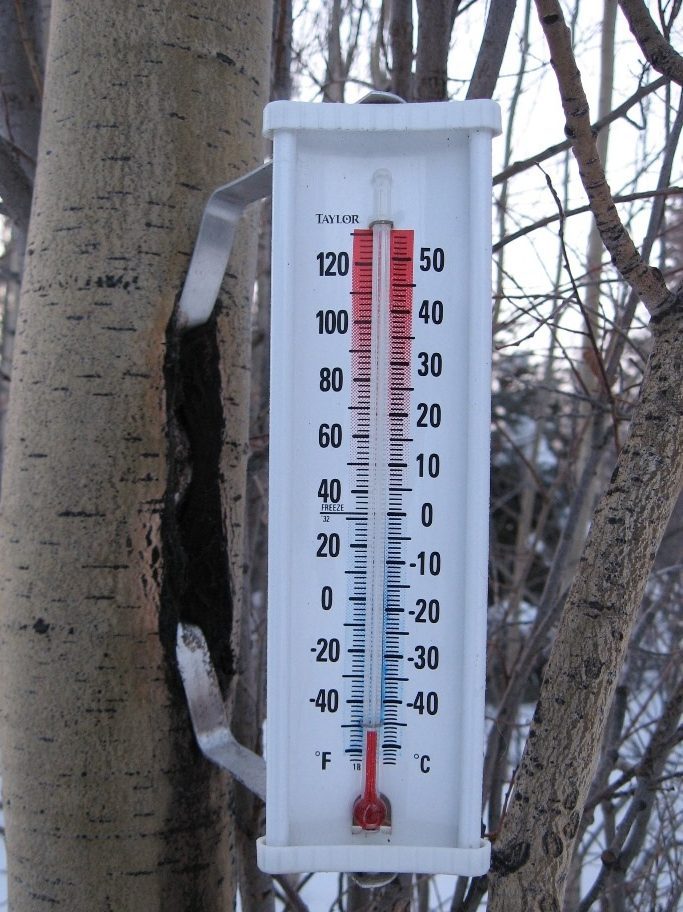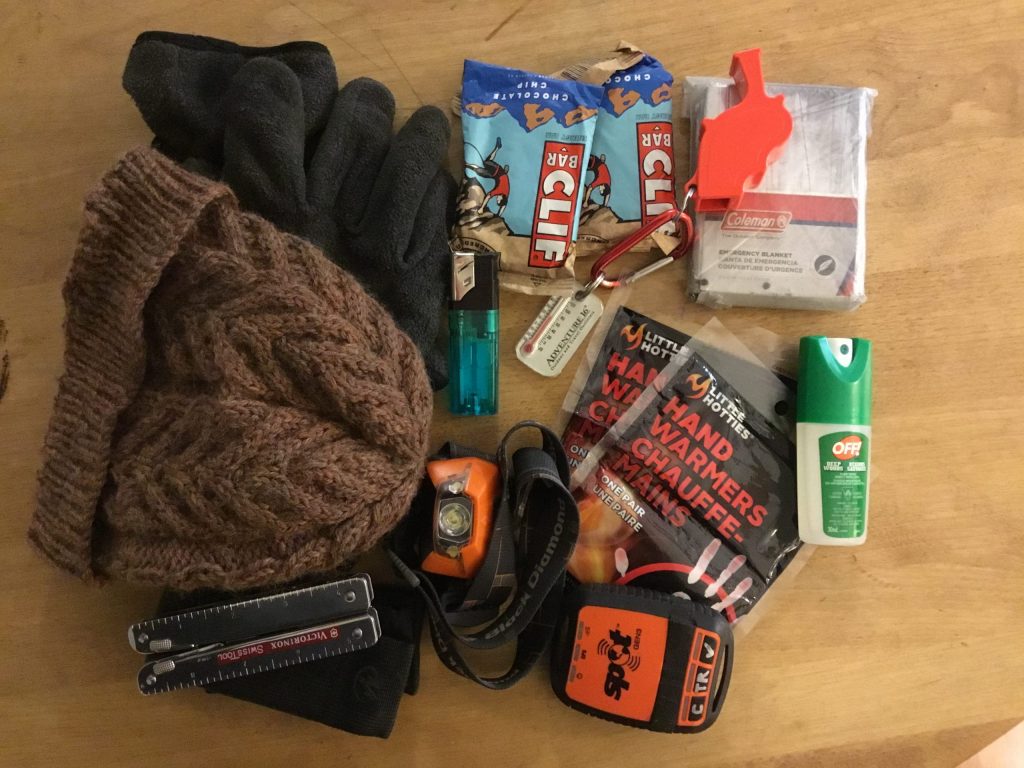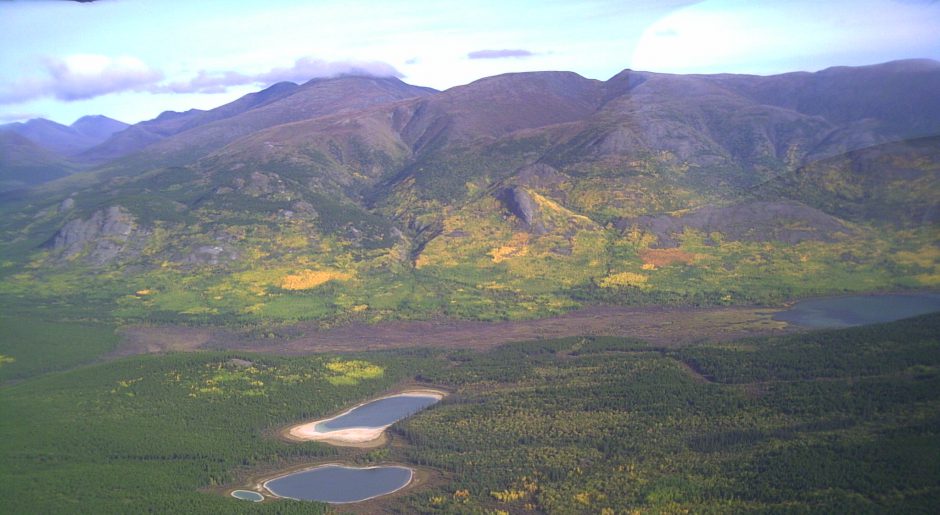
Picture this: it’s a beautiful clear winter morning, so you and 2 friends jump into your airplane and head off to visit some friends about 2 hours away. Your route of flight takes you well away from the beaten track, through mountainous terrain and over unbroken bush and wilderness. On your way home, late in the day, in the middle of absolutely nowhere, beyond range of radar and ATS, the engine goes BANG-rattle-rattle-rattle and quits cold. There is a small frozen lake below, so you execute a successful forced landing on the ice. You and your friends exit the aircraft and are considering your options when you hear a loud crack and a whoosh, and the aircraft disappears through the ice, taking your supplies and survival gear with it. Because the landing was smooth, the ELT did not activate. The current temperature is minus 20 and because of the clear sky, it will be minus 30 by morning.
I have 3 questions for you. Consider your answers carefully:
1. What do you want to be wearing?
2. What do you want to have in your pockets?
3. What do you do first? And second? And next?
There are no single correct answers. This is a thought experiment, not a test, and your answers may differ from those of others. But if it gets you to carefully consider your choices and put some thought into preparation, it may save your ass some day. We are required to carry survival gear in most circumstances, but even the most tricked-out survival kit won’t help you if it’s inaccessible, or if you are inadequately dressed. I have thorough survival gear in the back of the aircraft. In case I can’t get at it, I have some important items in my flight bag, which is within arm’s reach. In case that too is unavailable, my pockets contain some basic last resort items. (Disclaimer: Although I am comfortable in the bush, I am not an experienced bushperson. If you are one, your list of last resort items may differ.)
Canadian Aviation Regulations require that survival gear be carried when flying beyond 25 NM of the aircraft’s base, whenever geographical or environmental/seasonal conditions may compromise survival. In Canada, this should be always. I don’t plan on freezing to death 24.9 NM from base. Or walking that far through the bush.
Although the exact contents of the survival gear is up to you, 4 areas need to be addressed: fire, water, shelter, signalling. I would add 3 more: food, physical health and mental health. Keep these 7 things in mind when selecting your pocket contents.
The first question addressed clothing. My personal standard is that, considering the terrain over which I’ll be flying and the weather and season, no one gets into my airplane unless they are dressed for a night in the bush. As in, wearing it. Not packed away. Proper clothing is your first and most important line of defence in a survival situation. Don’t underestimate the danger hypothermia presents, even in summer. As they say, dress for success. If you are cold doing your walkaround, you are not dressed appropriately for the flight.
The second question addressed your pocket contents. Here’s mine. The items may vary depending on the season, weather and geography, but you get the gist:

The third question addresses your course of action. Assuming you have some basic items, it could be something like this:
First, ensure everyone’s safely. Administer first aid as needed.
Second, in the above scenario, build a fire. Right now! Also, activate your rescue beacon if available.
Third, attend to shelter. Snow cave? Space-blanket lean-to?
Stay together. Stay put. Don’t wander off. Be visible.
A word about flight planning/flight following and SAR: Don’t go anywhere unless someone knows where you are going. File a flight plan with FSS or a flight itinerary with a responsible person (who actually knows what to do). Be as specific as possible about your routing, and stick to it if possible. If you are renting aircraft, the company probably has satellite-based flight following: Spot, Spidertracks, Skytrax, etc. If they don’t, or if you fly your own aircraft, consider investing in one of these if you haven’t already. Verify that it is on and functioning before takeoff. Make sure that someone will actually be flight following. In an emergency such as in our scenario, hit the panic button on the ELT and the tracking device before landing. Don’t rely on anything to self-activate. (You don’t use an olde 121.5 ELT any more, do you???)
Regarding the scenario above, we had a similar situation years ago at a company where I was chief pilot. Although it was summer, the lessons learned apply to this scenario. A beached floatplane got away and went downriver with no one aboard, stranding 5 people on a gravel bar in the unbelievably rugged and remote southwest Yukon, with no supplies of any kind. Fortunately that incident ended well after a 5 hour helicopter search. Even the airplane survived, beaching itself on another gravel bar about 5 miles downriver with minimal damage. We did a bit of soul searching afterwards and decided that the PIC must always have some basic gear, including a sat-phone, on their person at all times.
Stay safe out there!
